By A.B. Feuer
The heavy cruiser USS Houston ventured into the Sunda Strait off the coast of Java on the dark night of February 28, 1942, and was never heard from again. It was not until three and a half years later that the story of her fate was revealed by the surviving members of her crew after their release from Japanese prison camps.
Houston’s career began in 1933, when newly elected President Franklin Roosevelt was piped aboard for a 12,000-mile cruise. Roosevelt enjoyed the cruise so much that he took another one a few years later. Reviewing the fleet from the bridge of the cruiser, the president enthused, “I feel this ship is home.” In honor of her history with the president, Houston became known as the “Little Flagship of the Fleet.”
High Alert as War Approaches
In November 1940, Houston relieved Augusta as flagship of the American Asiatic fleet. She operated in the Manila Bay area, carrying out target practice and tactical maneuvers with Marblehead and other ships of the fleet. All the American ships were constantly engaged in preparing for war. In October 1941, Houston entered Cavite Navy Yard for installation of new antiaircraft guns and searchlights. She had been slated to leave the yard by the middle of December. Toward the end of November, however, warnings were received advising the cruiser to be ready to sail “at any time—anywhere.” Work on the ship was sped up to 24 hours a day. On the afternoon of November 28, Houston prepared to leave Cavite and clear Manila Bay as soon as possible.
Two days later, Houston sailed from Manila to Iloilo in the central Philippines. Upon arrival, a daytime air patrol was established from dawn to dusk. Houston’s commanding officer, Captain Albert H. Rooks, also ordered an antisubmarine patrol every night. The cruiser’s antiaircraft batteries were manned day and night. The extra caution was justified when, on the morning of December 8, Rooks was informed that hostilities had begun with Japan. Houston hoisted anchor and barely cleared the harbor entrance before gunfire was heard. A ship was observed burning in the distance.
Rooks proceeded to Manila Bay to help convoy Allied supply ships in the southern waters. During the following month, Houston was constantly busy escorting convoys between Port Darwin, Australia, and Surabaya, Java. There was no time for liberty, and a constant watch was maintained. The cruiser’s scout planes were in the air all day, and the ship was at general quarters most of the time.
Attacked!
On February 3, 1942, Houston joined a combined Allied strike force of American, British, Dutch, and Australian ships assembled at Surabaya. Rear Admiral Karel Doorman of the Royal Netherlands Navy commanded the force, which consisted of four cruisers and seven destroyers. That same night, the force sailed for Macassar Strait on a mission to intercept a Japanese convoy reported to be near Balikpapan, Borneo.
The next morning, several groups of enemy planes were spotted off the port beam. Houston increased speed and the crew manned their air-defense stations. Japanese bombers commenced attacking from an altitude of 9,000 feet, singling out Houston and Marblehead as their chief targets. Houston opened fire with her 5-inch guns. During the final enemy attack, a bomb exploded near Houston’s aft turret, setting off ammunition and starting a serious fire. Forty-eight men were killed and another 20 injured. Marblehead was also hit by two bombs and badly damaged.
The two ships limped into Tjilatjap, Java, for repairs. The dead were buried in the local cemetery and attempts were made to fix the structural damage to both cruisers. Unfortunately, facilities at the port were very poor, and Houston’s crew was unable to make the damaged turret operational again. Nevertheless, the cruiser was ordered back to Port Darwin for more escort duty.
On February 15, Houston joined the USS Peary and two Australian corvettes to transport American and Australian troops to Koepang, Timor. The convoy had only been under way a short time when a Japanese flying boat appeared. It was quickly driven off by gunfire, but the convoy’s position had been discovered. The next morning the Japanese dispatched 36 land-based bombers and 10 seaplanes to intercept the Allied ships.
Rooks maneuvered Houston in and out of the transport column, repelling wave after wave of enemy planes and firing over 900 rounds in less than 45 minutes. The Japanese planes eventually gave up attacking Houston and went after the transports instead. By then the enemy had already dropped most of their bombs, and the attack failed. The Japanese nicknamed Houston the “Gray Ghost.” She seemed to be living a charmed life, but her luck would not last much longer.
On February 18, Houston left Port Darwin for Surabaya. She arrived five days later and joined another combined Allied fleet. The next morning, nine Japanese bombers approached the naval base from the southwest. Houston opened fire when the enemy aircraft were within range. For the next three days, the ship was under constant air attack.
On the afternoon of February 26, the weary Allied ships put to sea in search of enemy convoys. The next evening, British destroyers signaled that they had spotted enemy ships. To the left, almost dead ahead, were two columns of Japanese cruisers and destroyers. The masts of numerous transports could be seen in the distance. The Allies immediately set a course parallel to the enemy fleet.
As Houston rounded into column, the Japanese opened fire. The American cruiser returned fire with her 98-inch batteries, hitting the farthest enemy cruiser and setting it on fire. The action became general. The British cruiser Exeter suffered a hit to her boiler room and dropped out of the fight; the Dutch destroyer Kortenaer was struck by a torpedo, jackknifed, and sank in less than a minute. Moments later, the British destroyer Electra was blasted out of the water and sank within seconds.
The Allies broke off the engagement and headed back to Surabaya. While steaming on a westerly course paralleling the Java coast, the British destroyer Jupiter struck a mine and erupted into flames. Rooks steered Houston out of the dangerously shallow water and away from the coast. That night, the ship passed a large group of men bobbing in the water—they were the survivors of the Kortenaer. Encounter was ordered to rescue the sailors and proceed to Surabaya. The other Allied cruisers were now without any destroyer protection.
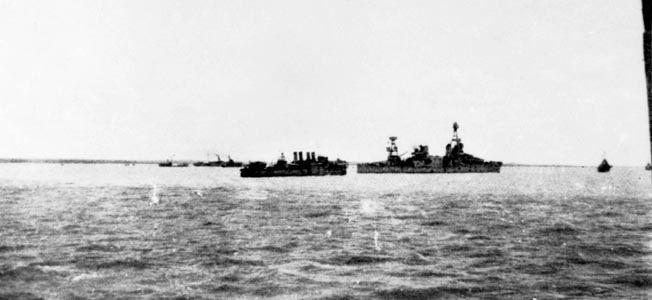
Later that same night, Houston sighted two enemy cruisers off her port. The Japanese ships were on an opposite course and were clearly distinguishable in the moonlight. Houston opened fire with star shells, but the salvos fell short. The Japanese responded with three salvos of their own before the ships passed out of range. Minutes later, enemy destroyers launched a torpedo attack, and the Allied ships Java and De Ruyter were blasted out of the water. Before losing contact, Admiral Doorman, aboard De Ruyter, ordered Houston and the Australian cruiser Perth to head for Batavia, Java, and not to stand by for survivors. The two ships tore through the water at 28 knots, arriving at the Batavian port of Tandjung Priok about noon the next day.
Rooks met with the British liaison officer and received orders to proceed to Tjilatjap by way of the Sunda Strait, which supposedly was free of enemy forces. Houston hurriedly refueled while the crew shifted ammunition from the disabled aft turret to the forward magazines. It was nearly dark when Houston and Perth set sail for the strait. Rooks placed the ship on condition two instead of general quarters—he wanted the men to get as much rest as possible.
The Fatal Encounter Begins
At 2300 hours, Houston was about to round the north end of St. Nicholas Point and enter Sunda Strait when Perth sighted the Japanese destoyer Fubuki and opened fire. Fubuki unleashed nine torpedoes at the Allied cruisers. The torpedoes missed the Allied ships, but struck four Japanese transports unloading troops and supplies in Bantam Bay. The explosions illuminated the landing area, and Houston and Perth opened fire on the blazing ships. Three of the transports had to be beached, while a fourth was sunk outright.
The two Allied cruisers were suddenly surrounded by Japanese warships. Rooks realized that there was no way he could maneuver his ship in the narrow waters. Houston and Perth swung north toward the open sea.
The Japanese fleet consisted of the cruisers Natori, Mogami, and Mikuma, along with 10 destroyers. The Allied cruisers were hopelessly outnumbered but determined to go down fighting. The night sky lit up with the flash of a hundred guns as both sides began a fight to the death. Perth was struck by four torpedoes and sank within seconds. Houston fought on alone, her guns heavily engaged in all directions, trapped in the middle of the Japanese fleet.
Houston was soon struck by a torpedo on her port side, killing all hands in the main engine room. The remaining engine room was able to keep Houston afloat, plowing through the water at 24 knots. The enemy approached as near as they dared—at times within 1,000 yards. The Japanese destroyers, shining their searchlights on the American ship, inadvertently illuminated their own transports near the beach. Houston immediately shifted fire to the new targets, scoring hits on a large combat ship.
Enemy salvos soon found Houston’s range, blasting the Number Two turret. A Japanese projectile pierced the turret’s face plate and set its powder ablaze. The turret officer, Ensign C.D. Smith, pulled the sprinkler lever in his booth and tumbled onto the deck. Smith grabbed a fire hose and turned it onto the gun chamber, putting out the fire, but by then most of the gun crew had died.
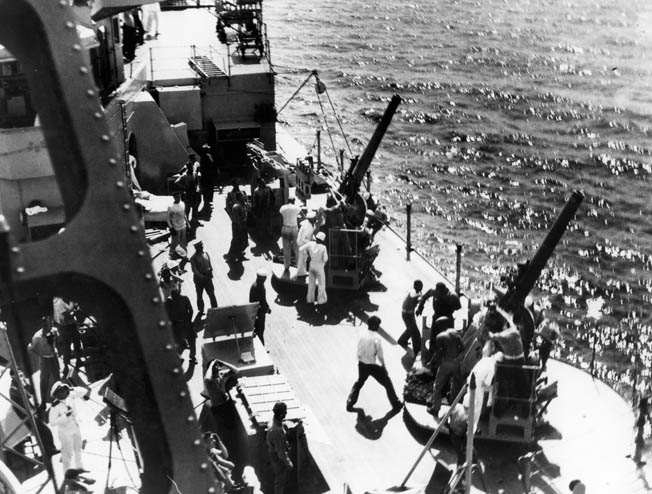
Rooks ordered all ammunition magazines flooded as it appeared that the fire was spreading forward. Turret One had no remaining ammunition except for what was already in the hoists. The turret’s rangefinder was also knocked out, but Lieutenant Harold Hamlin used his periscope and a searchlight to locate enemy targets. The turret was soon out of ammunition and had to be abandoned.
The Captain is Lost; the Ship is Battered
Moments later, Houston was blasted by two torpedoes. One exploded forward on the starboard side, while the other struck amidships. Two more torpedoes passed within 10 feet on either side. Due to the intense flames, Rooks was forced to abandon the conning tower. As he left the station he shook hands with several men and wished them luck. The captain then clambered down the ladder from the signal bridge to the communication deck. At that moment a shell exploded, scattering shrapnel in all directions. Rooks was hit and staggered around the port side of the deck, falling about 20 feet from Ensigns Smith and Herb Levitt. The two officers attempted to help the captain, but he had been fatally wounded in the chest and head.
The Japanese ships began to close in for the kill. Planes dove overhead and destroyers weaved in and out in all directions. Houston was forced into shallow water, where maneuvering was extremely difficult. All her communication systems were hopelessly overloaded with reports of damage and changes of targets engaged. Even though her 8-inch batteries were completely out of action, Houston’s 5-inch and .50-caliber guns continued blasting away at the enemy. The shifting targets prevented the Americans from directing sustained fire at any particular Japanese ship.
Shortly after midnight, Houston developed a noticeable list to starboard, and the order was passed to abandon ship. The crew began putting on their life jackets while rafts were lowered into the water. Because of the dangerous list, several rafts were lost. Commander David Roberts cancelled the abandon ship order. The word reached some, but not all, of the men. Many sailors returned to their battle stations, while others moved to less-exposed positions on the ship. The gun crews again opened fire on the enemy, which was closing in for the kill.
Houston was suddenly struck by another torpedo and a salvo of shells that blasted her superstructure, killing and wounding many of the men topside. The stricken cruiser was soon dead in the water. Again, the abandon ship order was sounded by the crew’s bugler, who was silhouetted for a moment against the sky before disappearing into the flames. Commander Arthur Maher fought his way through the fire and smoke to the forecastle. He wanted to make sure that all survivors had been provided with life jackets. Meanwhile, Roberts proceeded aft to check on conditions in that part of the ship. He was never seen or heard from again.
Houston Finally Succumbs to the Damage
Houston’s list was now considerable, and it was feared she might go under at any moment. Hamlin remained on the forecastle until there were only three men left in his vicinity. He was about to abandon ship when an exploding shell knocked him down. The lieutenant managed to climb over the port side and slide down the bow, where he discovered that he could stand on the ship’s bottom. He walked toward the keel, dropped into the water, and swam as hard as he could to escape the suction of the sinking cruiser.
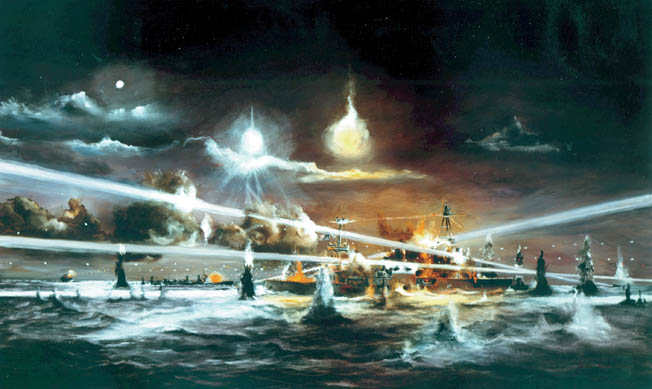
After swimming a few hundred feet, Hamlin turned around for one last look at the Houston. The ship was full of holes. Close-range destroyer shells had plowed through one side of the cruiser and out the other. Houston’s big guns were askew, her turrets pointing in different directions. Hamlin vividly remembered the ship’s last moments. “I could not help thinking what the Houston looked like when I first joined her,” he said. “She was the president’s yacht and shined from end to end. I think I will always remember that last look. As I watched her lay down and die, she rolled over on either side and the fires went out with a loud hiss. I watched her for a few seconds, then thought about the suction and swam for all I was worth.”
Japanese searchlights were on the dying cruiser until the end. When she finally slid beneath the waves, her flag was still flying defiantly. The Japanese captured many of the men in the water and others who made it to land, where the bodies of dozens of dead enemy soldiers and tons of supplies had washed ashore—Houston’s last battle prize. In all, Houston sank seven warships, including cruisers, destroyers, and a seaplane tender, exacting such a heavy toll on the enemy that the Japanese officers were accused of lying when they stated that only two Allied cruisers had been involved in the battle.
A total of 368 Houston survivors were captured by the Japanese. Of this number, 76 died as prisoners of war. The balance of the ship’s 1,000-man crew went down with her in the Sunda Strait. For his role in the action, Captain Rooks was posthumously awarded the Medal of Honor, and the cruiser also received the Presidential Unit Citation and two battle stars for her service in the Philippines and Netherlands East Indies engagements.
Originally Published November 15, 2015
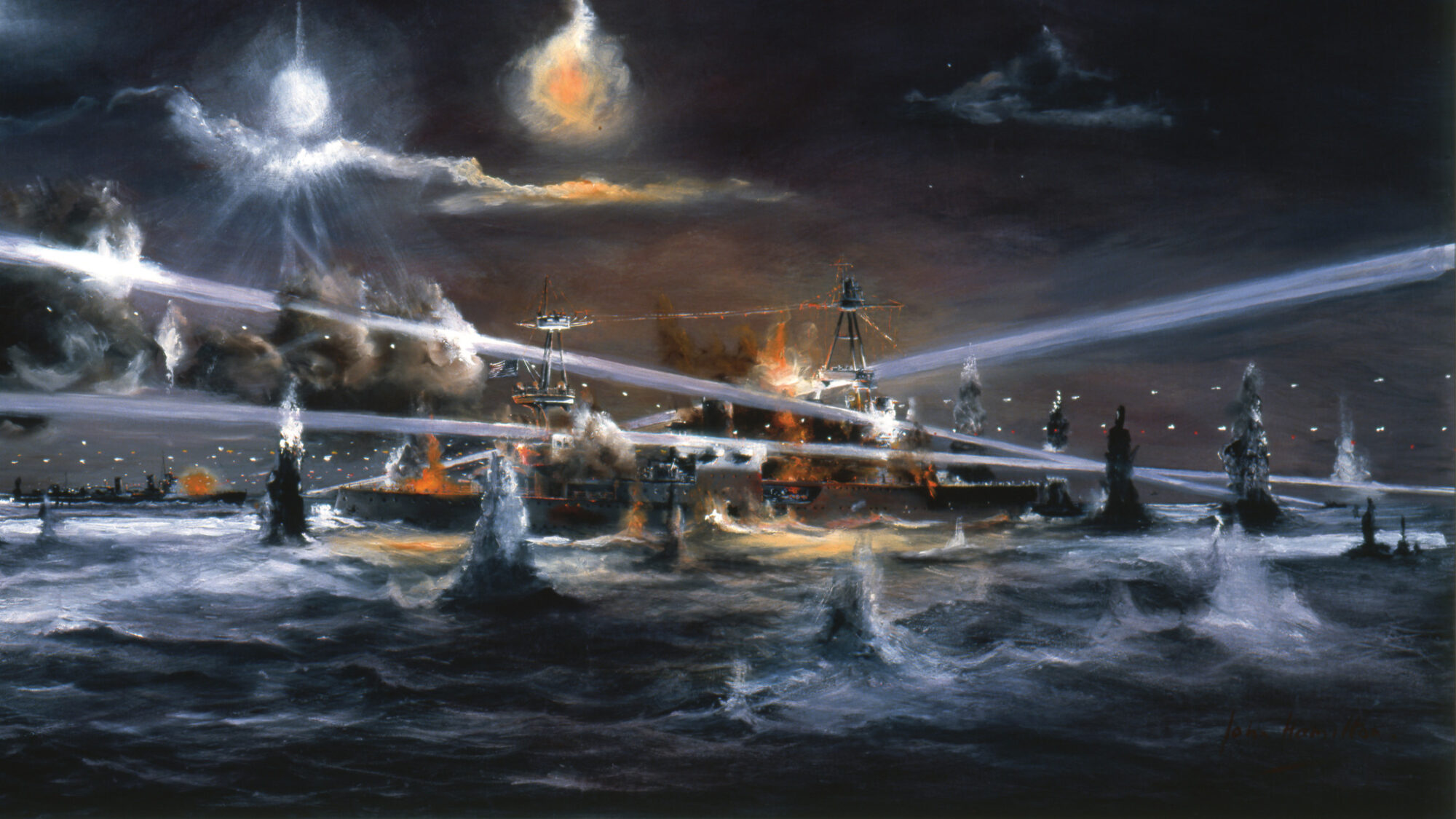
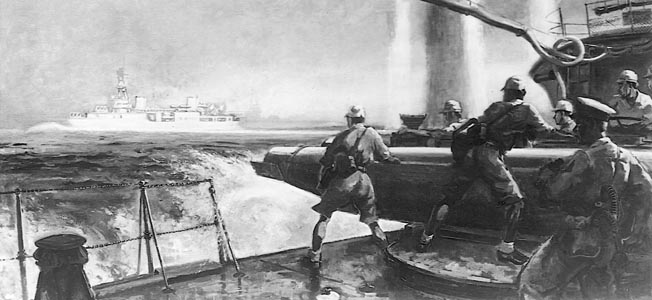
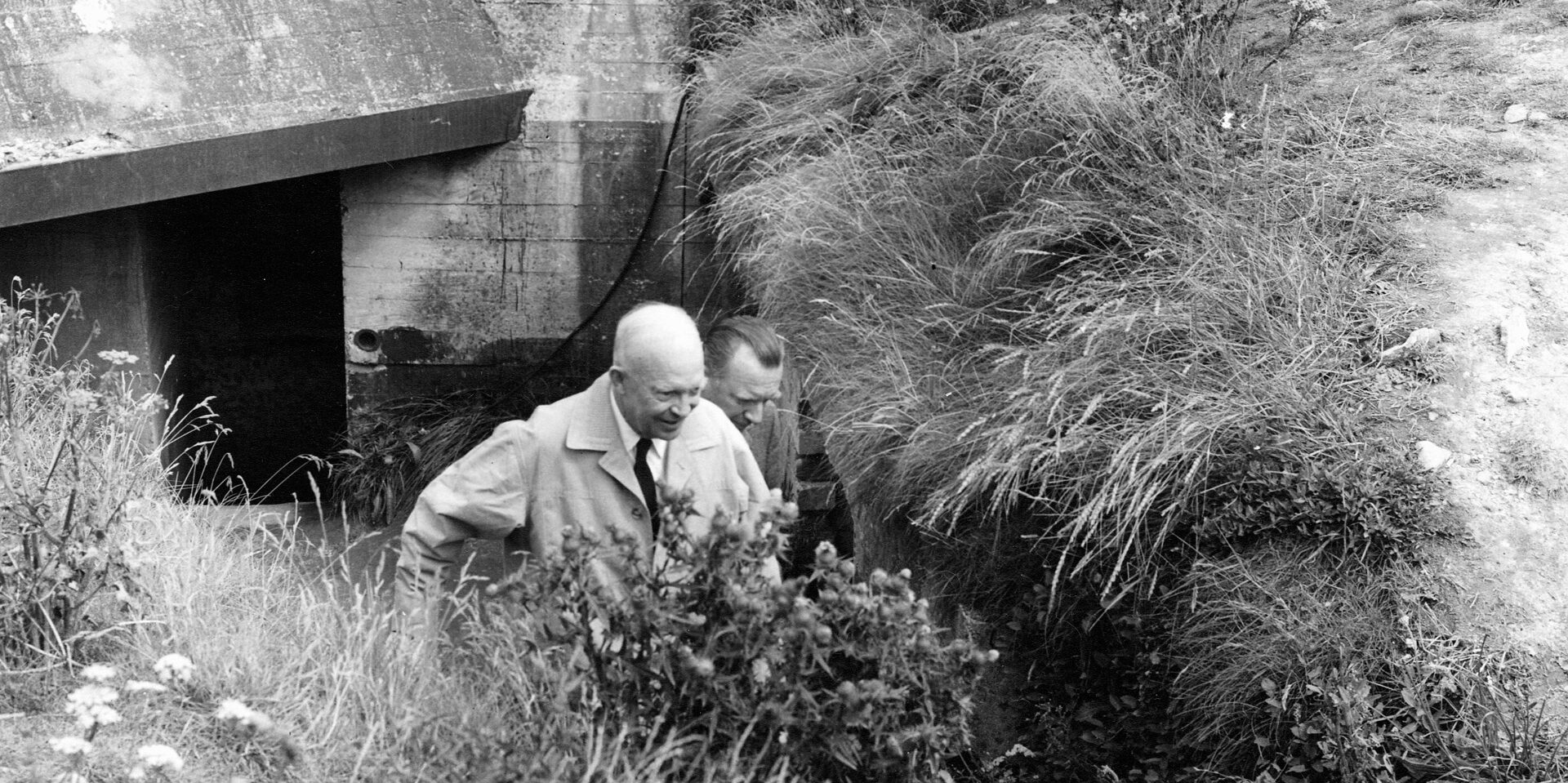
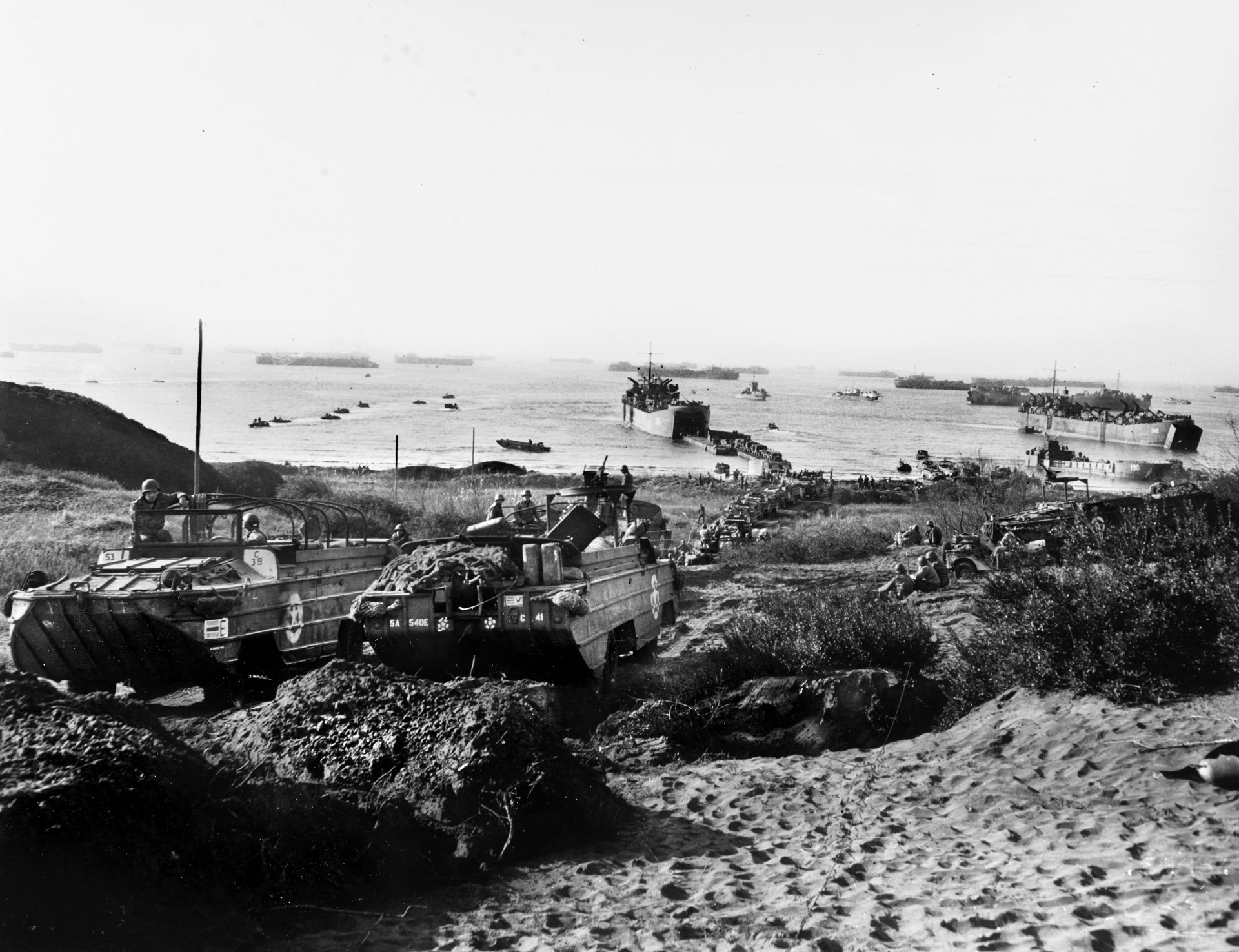
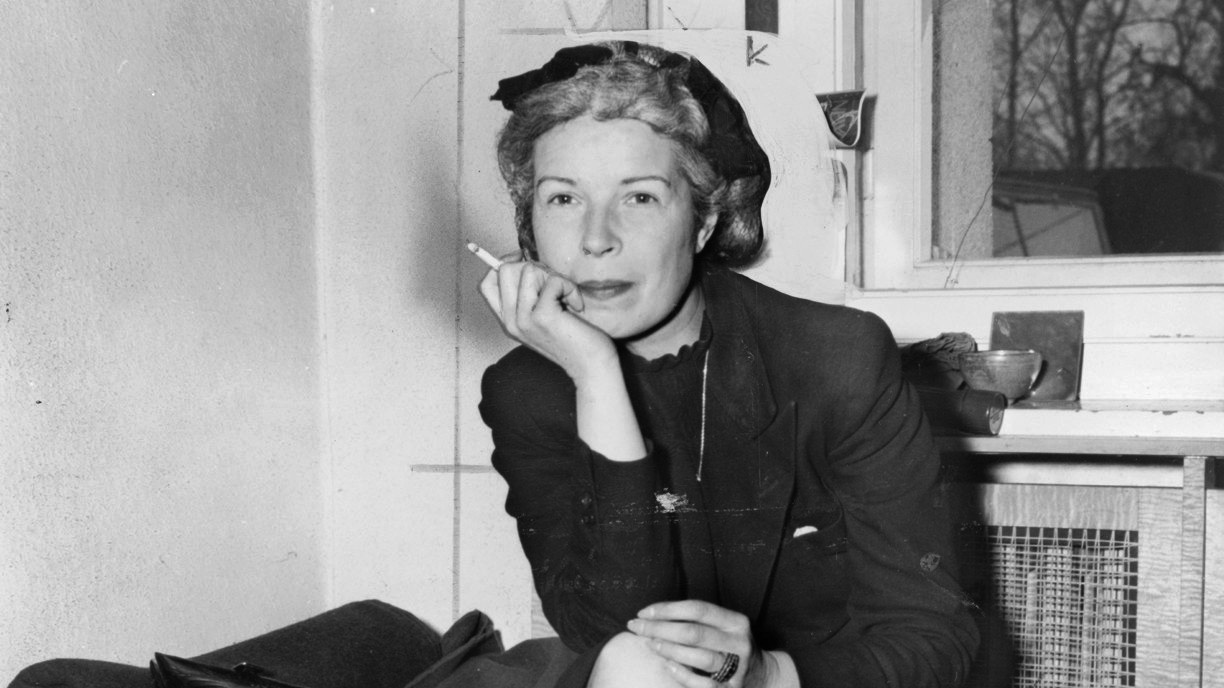
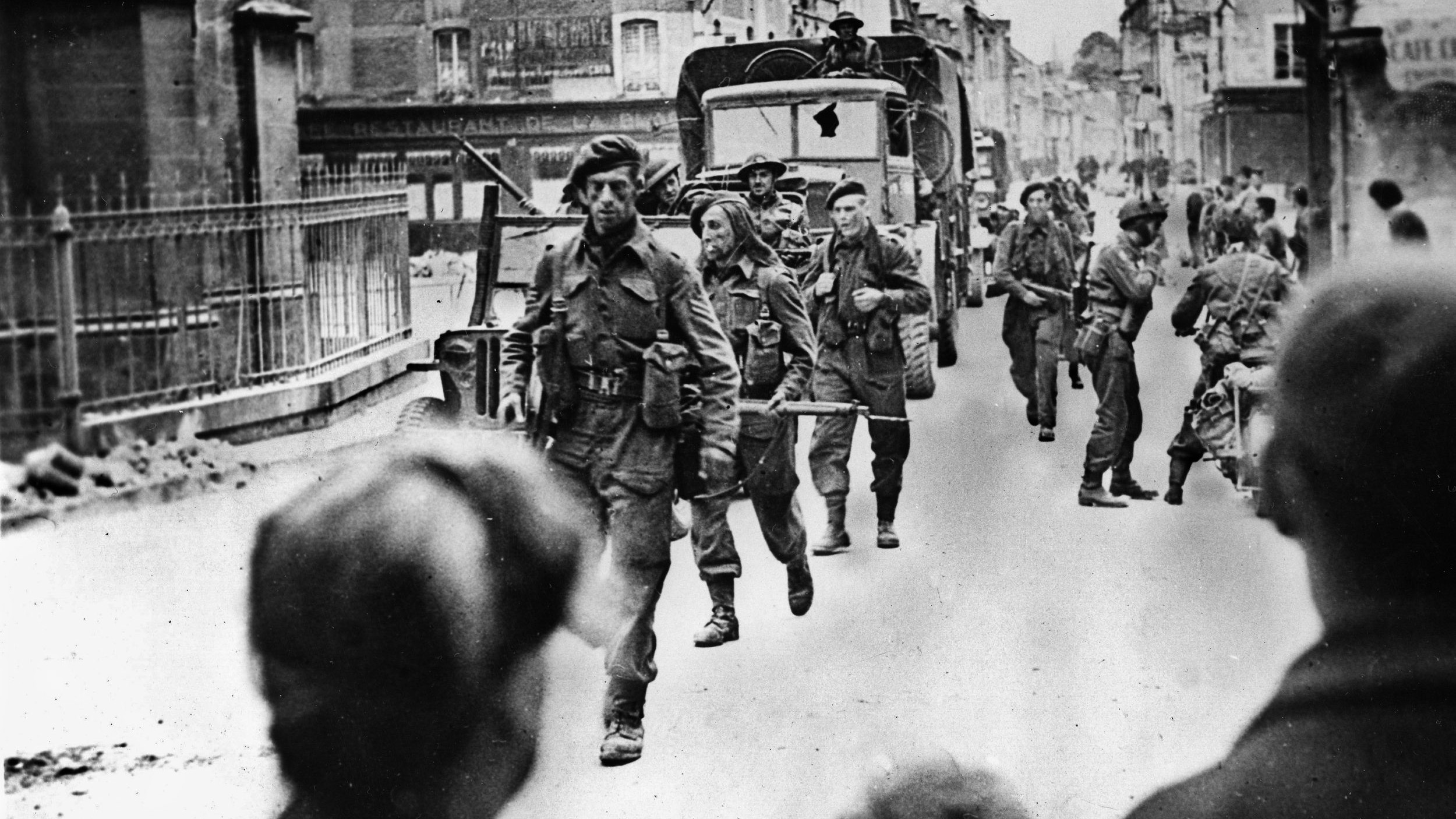
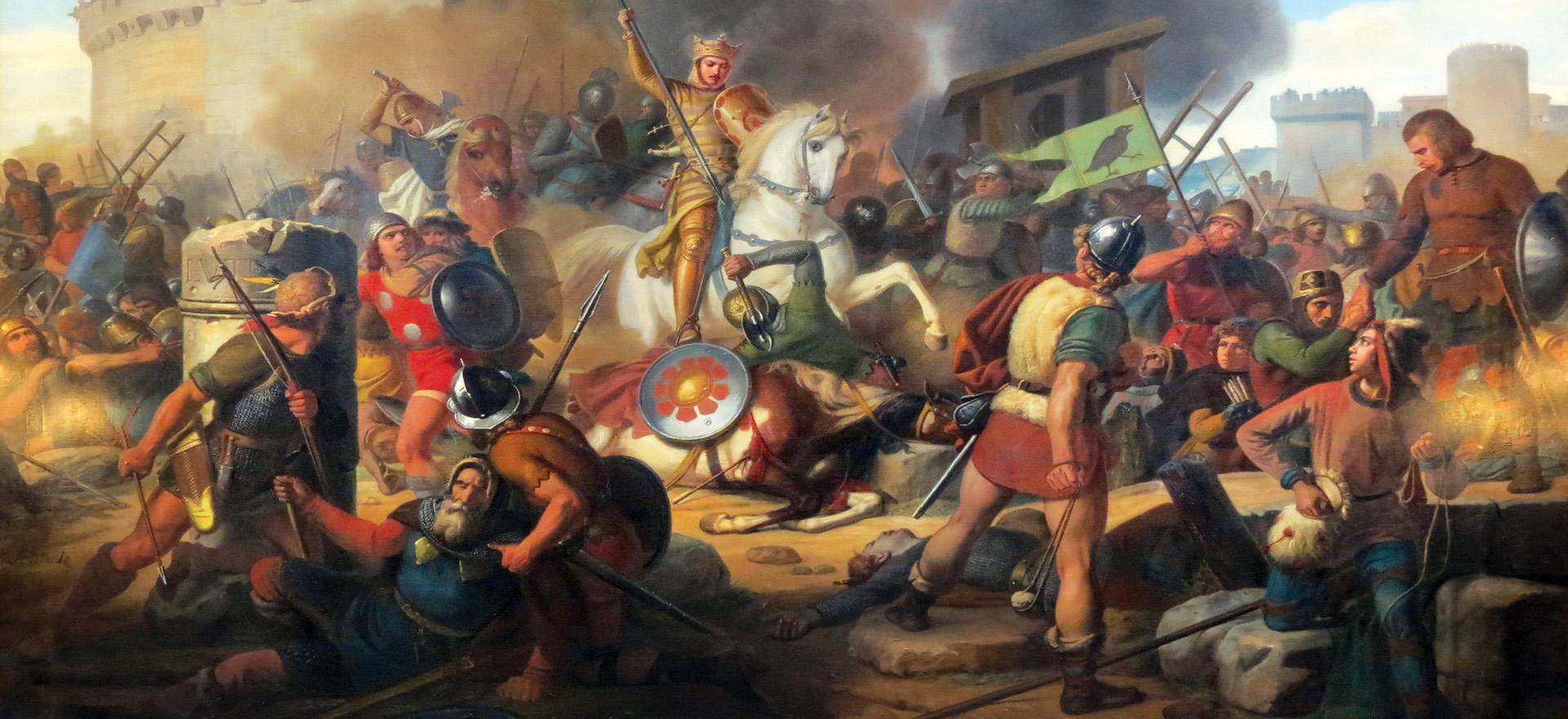
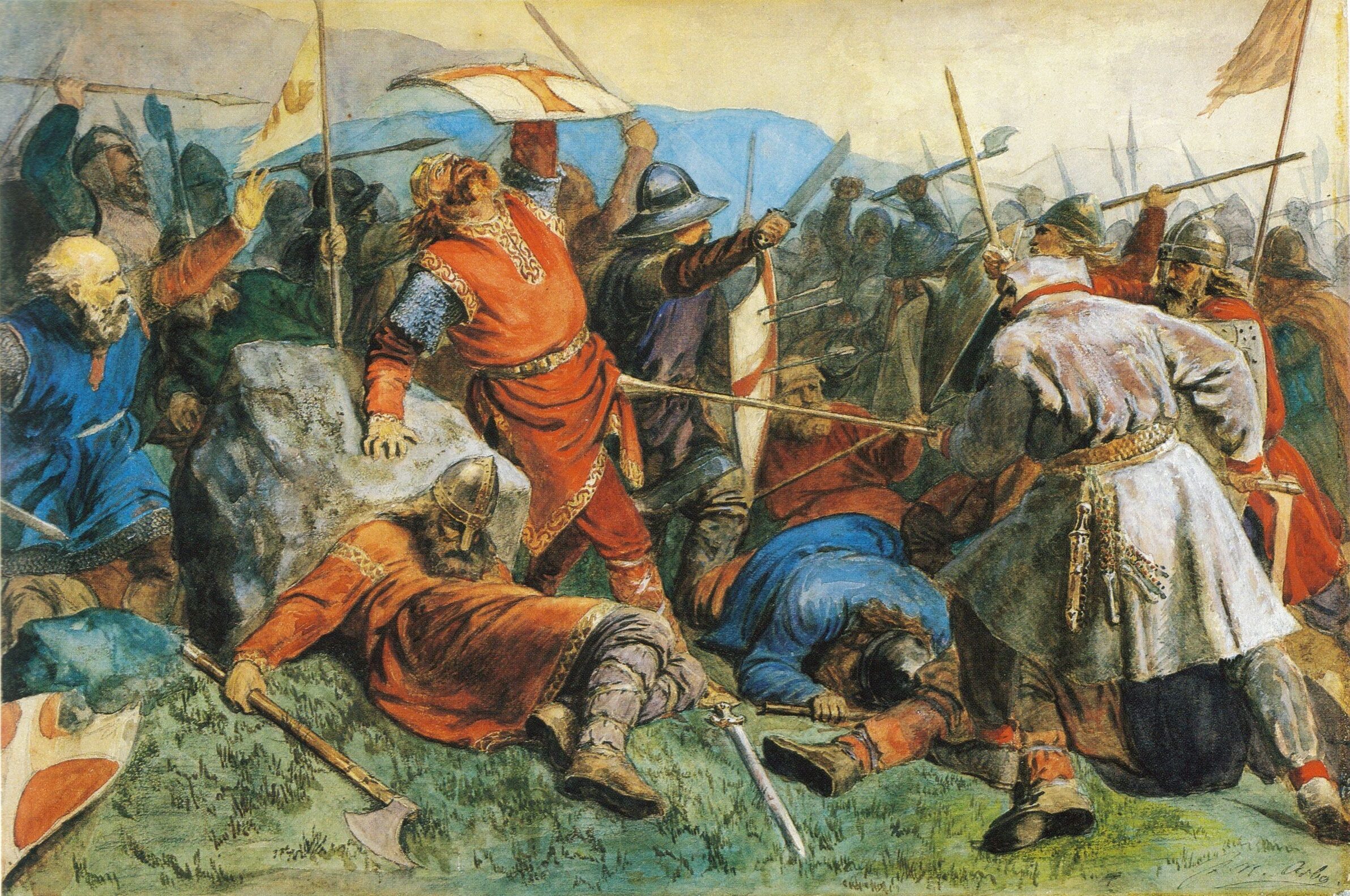

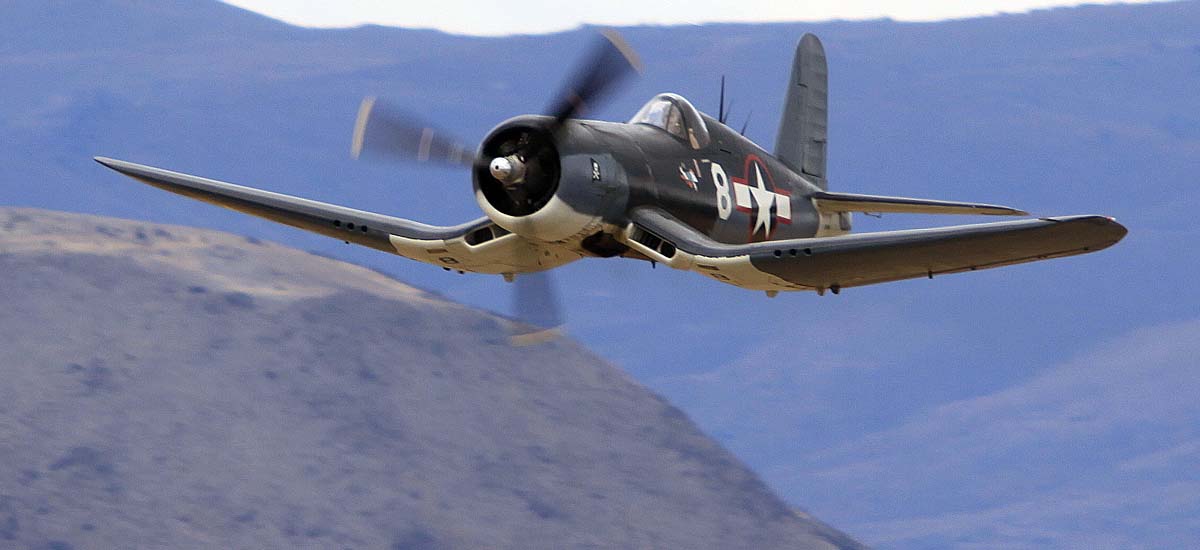
Join The Conversation
Comments
View All Comments